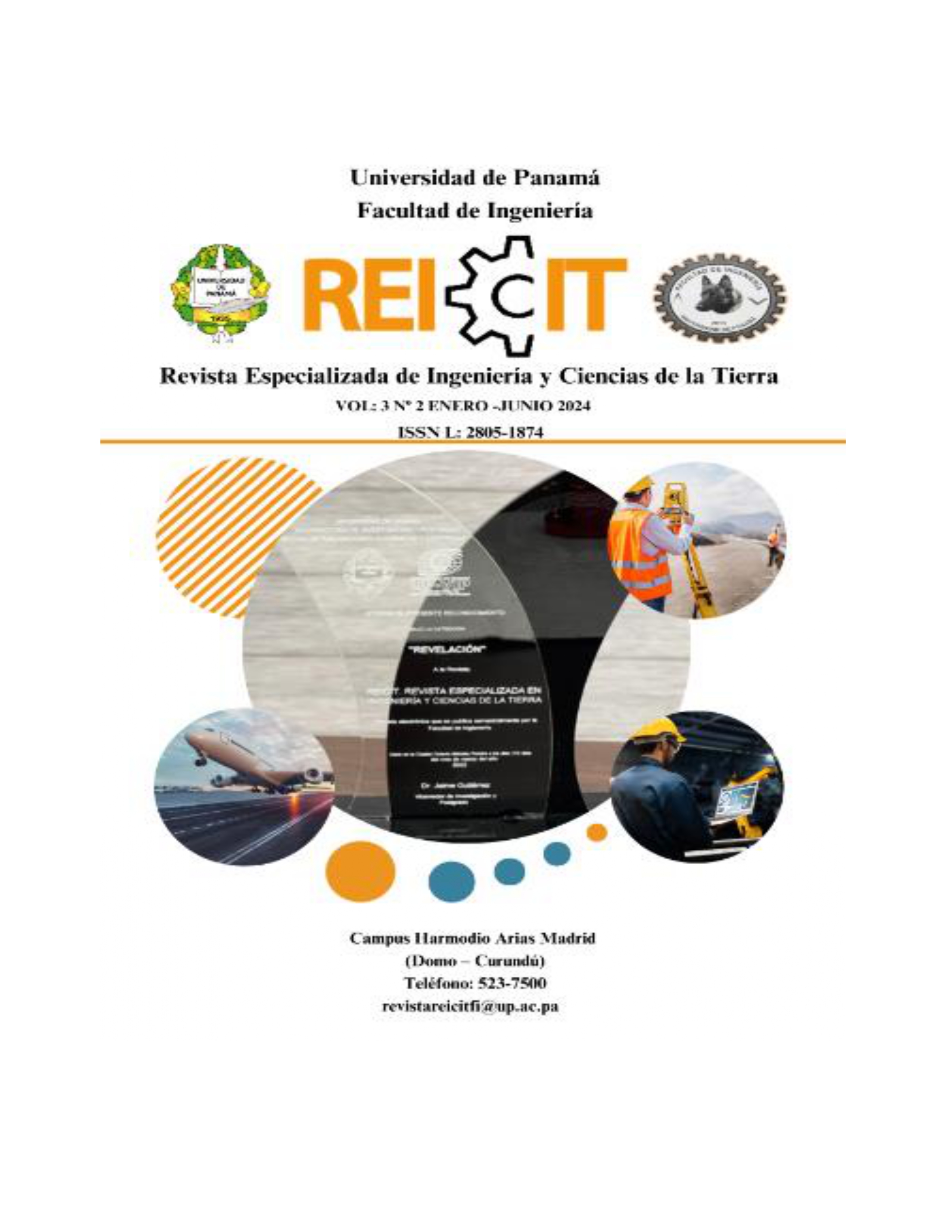

Copyright (c) 2024 REICIT

This work is licensed under a Creative Commons Attribution-NonCommercial-ShareAlike 4.0 International License.
In the San Agustín Campus of the Babahoyo canton, drinking water for the consumption of its population, especially children between 5 and 10 years of age, usually presents inadequate physical characteristics such as turbidity, bad odor, altered taste, among others, due to what was investigated about the possible causes that affect its quality; On the other hand, it is also essential to study the chemical and microbiological characteristics of the water in question, since if there are physical, chemical and/or microbiological alterations, they represent a risk to human health, with special emphasis on intestinal parasitosis. The fundamental purpose of the present study is to identify the characteristics of the drinking water consumed by the population of the San Agustín Campus of the Babahoyo Canton and its relationship in childhood parasitosis 5-10 years. The research methods are qualitative and quantitative, since the physical, chemical and microbiological properties of the water were evidenced, as well as the identification of intestinal parasites in infants through coproparasitic analysis, with the technique of field study, observation, interview and laboratory. clinical. The main results of the project in relation to the coproparasitic examination were that of 145 beneficiaries, 50% had Amoeba, 13% had Giardia lamblia, 5% had Blastocystis hominis, 6% had Candida albicans and 26% were negative to the study; while the findings regarding the analysis of the water in its physical and chemical parameters revealed that the 18 samples met the reference values of the NTE INEN 1108 fifth revision 2014 standard, with the exception of free and residual chlorine which indicates that the water is not treated. and the microbiological parameters indicated that the 18 drinking water samples studied were contaminated by protozoa and coliform bacteria. In short, the quality of the sector's drinking water was related to the presence of childhood intestinal parasitosis.